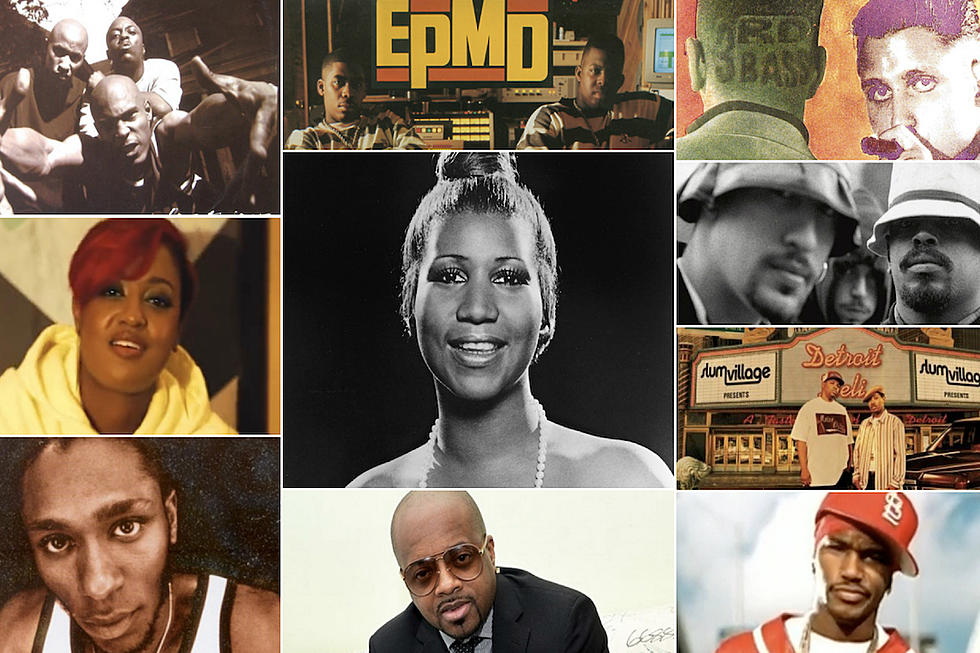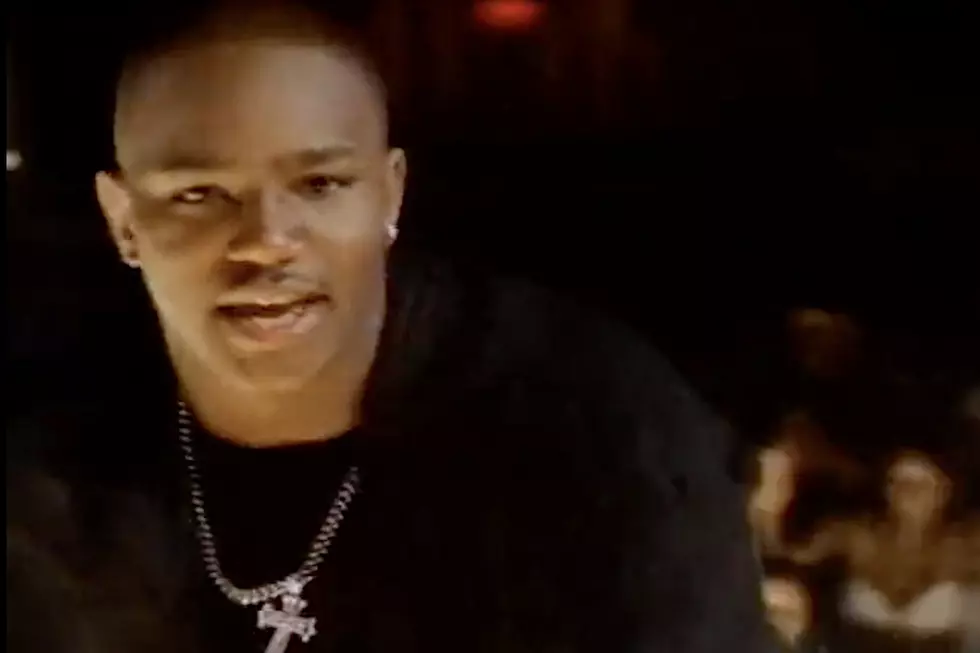
5 African American Artists Not Named Jean-Michel Basquiat
Jacob Lawrence
Visually, Jacob Lawrence made a point that Cam'ron could be proud of -- Harlem is in the building.
Jacob was born in Atlantic City and moved to Harlem when he was 13. His mother quickly enrolled him in an arts and crafts settlement house in Harlem in order to keep him busy.
Mr. Lawrence showed immediate potential and scored a scholarship to the American Artists School as well as a paid gig with the Works Progress Administration.
He deemed his style "dynamic cubism" and credited the shapes and colors of Harlem as being more influential than his French predecessors.
Lawrence was an astute observer who used his art to tell the story of struggling African Americans from the Civil War period up until the Civil Rights movement of the 1960s. Jacob excelled at visually expressing complicated narratives.
His subjects ranged from the historically grandiose, depicting Toussaint L'Ouverture during the Haitian revolution, to simpler portrayals of the struggle, strength, and perseverance of African Americans traveling from the agricultural communities of the South to Northern industrial cities.
While the rest of the country struggled with the Depression, Mr. Lawrence felt lucky to live during a vital period of Harlem's history.
He claimed the 30's "was actually a wonderful period in Harlem although we didn't know this at the time. Of course it wasn't wonderful for our parents. For them, it was a struggle, but for the younger people coming along like myself, there was a real vitality in the community."*
In 1970, Jacob settled in Seattle as a professor of art at the University of Washington; he died in 2000.
*Leslie King-Hammond, "Inside-Outside, Uptown-Downtown, Jacob Lawrence and the Aesthetic Ethos of the Harlem Working-class Community," in Peter T. Nesbett and Michelle Dubois, eds., Over the Line: The Art and Life of Jacob Lawrence (Seattle: University of Washington Press, 2001), p. 69.
More From TheBoombox









